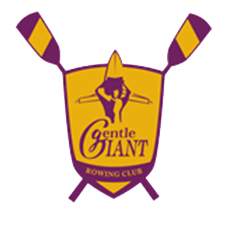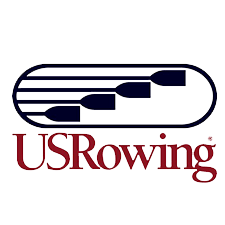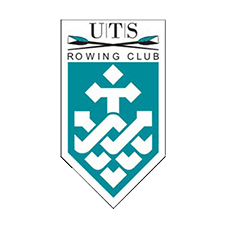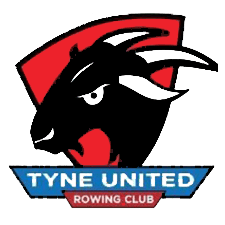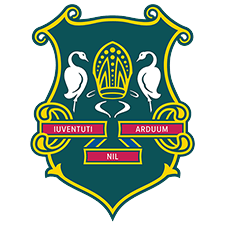Overcome 3 challenges of becoming a rowing coach
We identified 3 big challenges we know coaches face, and a few ways to tackle them. The success of a coach is not only about their technical skills but also balancing their relationship with the athletes they coach.
1. Communication
Why it’s important: Knowing how to communicate with your athletes means they will understand your instructions to improve, and your purpose in getting them to do each activity. It reduces time spent talking and explaining, while maximising time spent rowing. Communication isn’t just talking, it includes coordination and management.
Why it’s challenging: Everyone is different and needs things described and managed in different ways. It will take time to communicate well with a new athlete, so it’s important to be flexible in the way you explain your coaching, getting them accustomed to your training plan.
How to overcome this challenge: To improve communication, you’ll have to adapt how you talk with, and how you manage the time of, your athletes. These two things require different tools and approaches:
-
Verbal Communication: Plan ways to communicate by writing down things you need to explain, and then rewriting them in detail, and then practice articulating them in different ways. Anecdotes are particularly good at helping athletes understand concepts. Visual imagery is great at teaching posture and positioning.
-
Management: Plans and schedules are perfect for keeping your athlete focused. Adapt these plans to suit the lifestyle of your athlete. Some athletes use the internet regularly but many still respond better to pen and paper. Because this can be so varied, we suggest having all your own plans in one place, but sharing them with athletes in a way that suits them best. An example of this problem would be if a coach shared a Google document with someone who doesn’t use Google documents regularly. They won’t frequently visit the application, dropping their exposure to their plan and their interest in it.
2. Setting goals and a vision
Why it’s important: Having a clear vision allows your athletes to see how everything they do moves them forward. It also helps you as a coach to build the perfect activities to follow that vision.
Why it’s a challenge: Every one of your athletes, (and yourself), have different goals and visions for their future.
How to overcome this challenge: Coming up with a vision for your athletes requires forming a dialogue with them and hearing why they’re here. You’re there to build your athletes up to their goals, while shaping these goals in the process. To do this you need to sit down with each athlete and ask a set of important questions:
-
Where do you see yourself now? Their answer to this helps you gauge how they view their abilities. This can be critical in how best to approach their weak areas and train them on to a higher level.
-
Where do you see yourself in a year’s time? Knowing their short to long term goals will let you build a program to cater to their ambitions, making the most of their time with you and giving them a sense of accomplishment.
-
Is rowing a career path to you? If they want to be pushed as hard as possible, they’ll say yes. We all know creating a highly competitive rower takes an incredible amount of work and those wishing to be the best are willing to be pushed to their limits to succeed. If their commitment is low though, you know you can take your time, but still encourage them to get more competitive as you train them up.
3. Adapt your coaching to each individual athlete or group
Why it’s important: If you stick to one schedule, you aren\’t accounting for where your athlete is right now, only where they plan to be. This is especially true when training a crew. If you coach a crew of 8 all with the same training programme you could end up over-training the less athletic. Which part of the programme can you customise to each person’s needs? Weight training is a good place to start with this.
Why it’s challenging: Many coaches like to teach in one style. They feel the only way to coach is how they coach right now. This is what stops a coach from adapting their coaching to the athlete.
How to overcome this challenge: Observation, observation, observation. Instead of planning one programme for your athlete to follow, plan a range of levels. Start them off with something they are comfortable with and occasionally stress test them to see how they do at the next level. This progressive approach is well known but the difficulty lies in a coach’s personal opinion on when an athlete should progress and how. Sports Fitness Advisor has a list of resources you can use to explore different coaching regimes and techniques. Never hesitate to ask other coaches how they coach two very different athletes as well.
So come on, tackle these challenges and improve your ability to coach.

